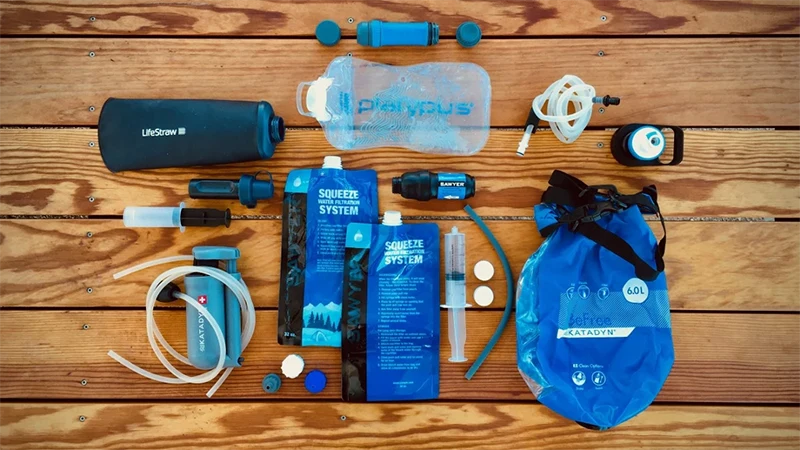

WAYS TO DIE IN THE BACKCOUNTRY AND HOW TO PREVENT IT - PART 1
Though there is risk in everyone’s everyday life, risk has a way of compounding in the backcountry. If you get in an accident in town or near your home, an ambulance will be there in minutes; however, if you get in an accident in the backcountry, it could be hours or days until help arrives. To better prepare you for the ruthless and wild backcountry, it is good to review some of the worst-case scenarios you could encounter and how to survive them. This is not meant to scare you. Instead, it is to educate you to be more prepared and come off the mountains alive every time. The more you know, the more you will think twice before doing something that jeopardizes your life.
Bear attack
When thinking about getting hurt or dying in the backcountry, it is hard not to think about an animal attack, specifically a bear attack. Though bear attacks are rare, they happen every year to some hikers and hunters in the West. With the ever-expanding territory of grizzly bears, it’s safe to assume that these attacks will only become more frequent over the next few decades. The biggest key to avoiding a bear attack is to alert them to your presence. Bears generally want to avoid humans, so if you are making some noise, keeping your eyes alert for bears in the distance and storing your food away from camp, you should be in good shape. Using bear spray or a larger caliber handgun is also a deterrent that could save your life. If you were to get attacked by a black bear, it is suggested that you try to escape or fight back by hitting the bear in the face. If a grizzly bear attacks you, it is recommended that you lay on your stomach, protect your neck and play dead. It is common for a grizzly bear to increase the intensity of its attack if you fight back. Always leave your pack on to protect your back. Though bear attacks are rare, they can happen, so always be prepared when entering bear country.
Falls
The backcountry is typically a remote and rough place to travel by foot and can have some steep and dangerous terrain to navigate. We rely on our decision-making process and body to safely get us in and out of the mountains, but sometimes both fail us. Our minds may give us the confidence to do something that would be inherently dangerous and our bodies, which are worn out from hiking, may not be as balanced or dependable as they usually are. For example, you may think that you need to get around a cliff edge or across a steep scree field to get where you are going, but you might just fall and get hurt. Sprains, breaks and any head or neck trauma from a fall might just put you in a life or death situation, depending on the severity and where you are at when it happens. To avoid this, it is essential to think clearly and realize the real risks before deciding. If you are alone, you need to be even more cautious since no one is there to call for help or show first-responders where you are. Falls can be dangerous; however, falls without any medical attention can be deadly.
From the Squad
Campfire conversations with our community, from Squad Members and Ambassadors to Brand Partners and the Sawyer team.

















